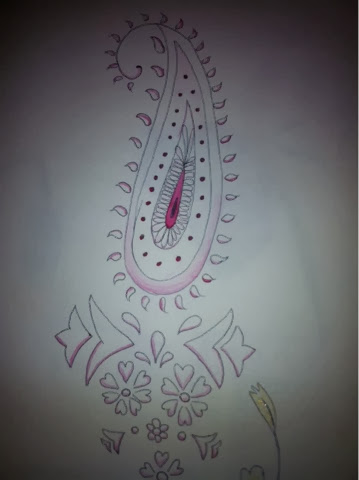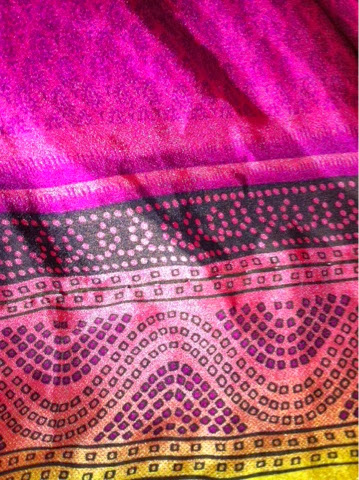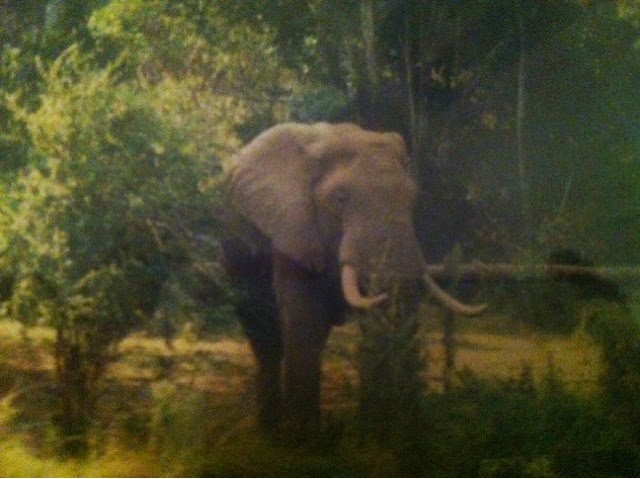HoliHoli is spring festival and national holiday in India. Vasant Panchami is the marking of Holi in India where Hindus worship Saraswati Devi, the goddess of culture, music, art and knowledge.
The night before Holi, a Holika bonfire is lit and people celebrate. These celebrations are carried forward to the next day when everyone, no matter what age or class or gender, throw multi-coloured powders at each other throughout the country in the streets or by temples. As well as that, music is also played and traditional Holi foods are eaten.
Information found: http://en.wikipedia.org/wiki/Holi
Diwali
Another Hindu celebration is Diwali. Diwali is known as the 'festival of lights' and is celebrated every year in autumn. This celebration signifies good over bad, knowledge over ignorance, hope over despair and, of course, light over darkness.
In preparation for Diwali, Hindus clean and decorate their homes and then on Diwali they wear new clothes and light candles and lamps known as diyas and light fireworks. Prayers (puja) are made to the goddess of wealth and prosperity, Lakshmi, at this time as gifts and sweets are given.
Information found: http://en.wikipedia.org/wiki/Diwali
Significance of colours
Red
Red is a colour associated with purity, fertility and opulence in India which is why brides often wear it on their wedding day. Red is also the colour of the sari that goddess Durga is known to have worn.
Yellow
The colour yellow is symbolic of holiness in India. As well as that it is also a colour linked with a healing power- turmeric is yellow and is used as an antiseptic in Asia.
Blue
The colour blue is symbolic for power and life; this is due to Lord Krishna, who had skin of a blue tone, teaching mankind the right way to live and lead a life.
White
White is a colour that is linked to serenity and peace. Because of this white is often worn at cremations and widows in India used to wear it when in mourning.
Information found:
http://zeenews.india.com/entertainment/slideshow/significance-of-colours-in-india_152.html
Henna/Mehndi
It is an Indian traditions that dates back more than 5000 years and is described in very early Hindu Vedic ritual books. Traditional designs have a sun drawn on the palm of the hand as historically it was symbolism of the outer and inner sun. Henna/Mehndi has many different motifs- good luck, health, sensuality, positivity, promote fertility and, to ward off evil. It has also been used to dye cloth and leather and as hair dye. Henna is usually used at Hindu weddings and other Hindu festivals such as the ones mentioned above.



























































